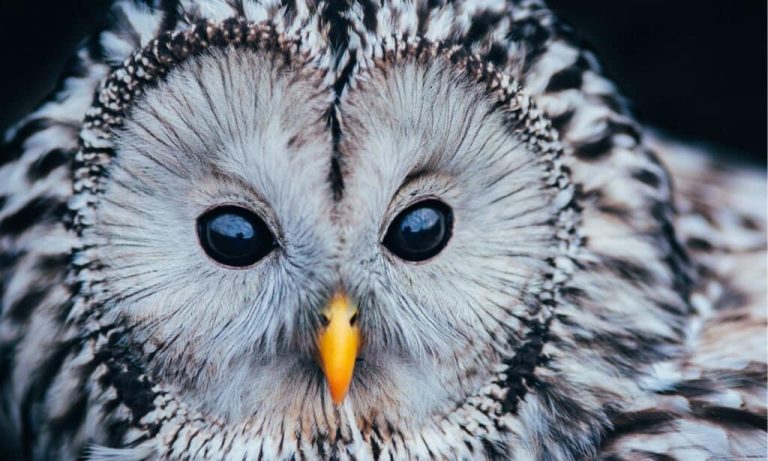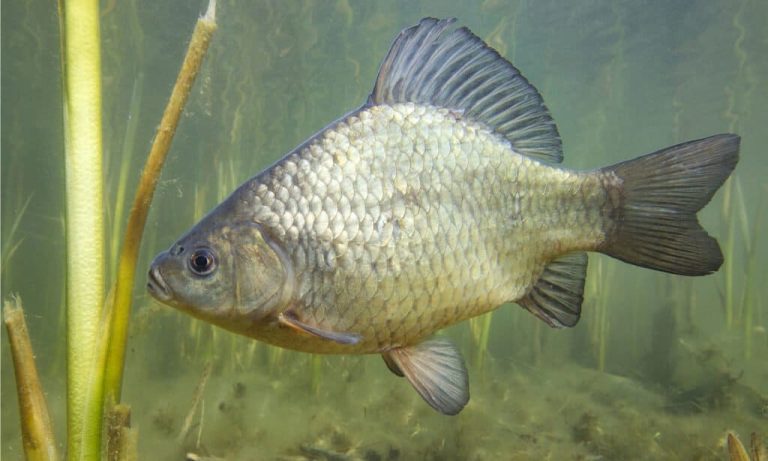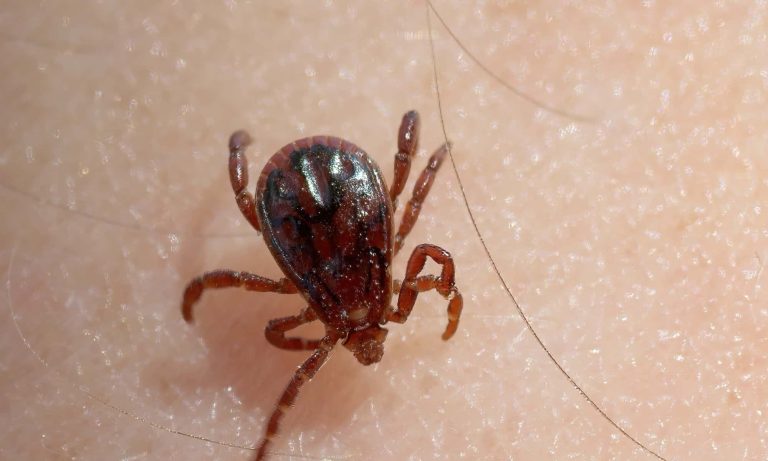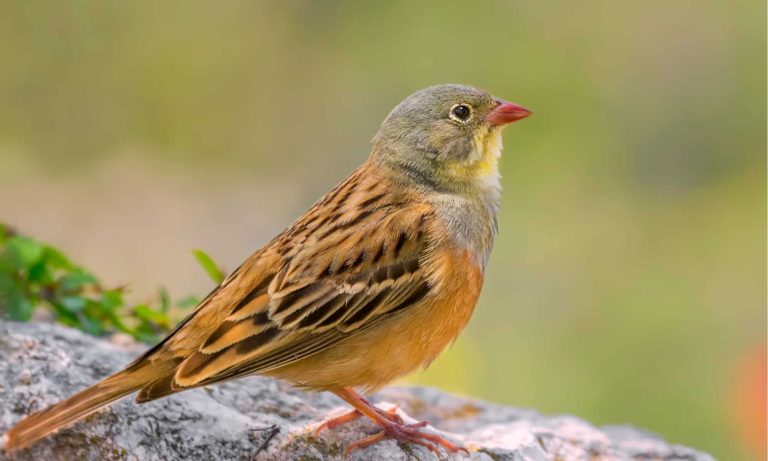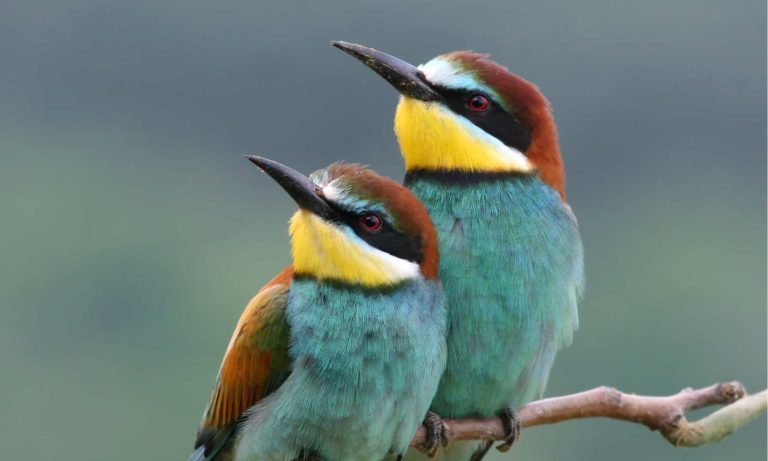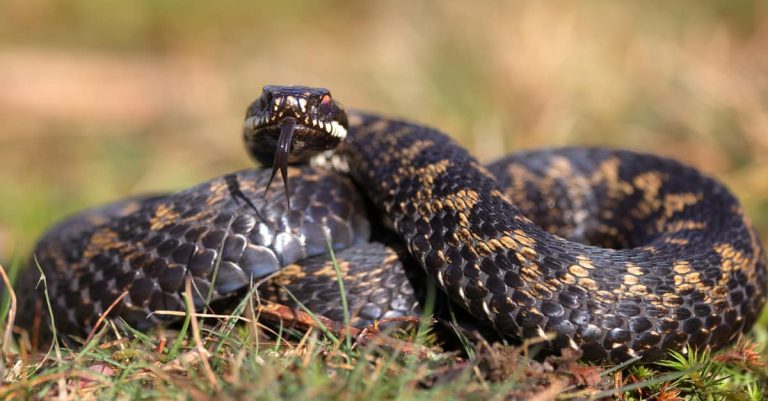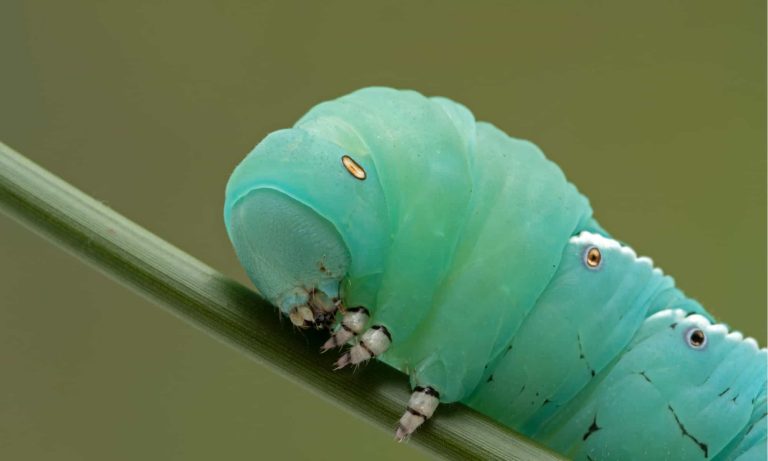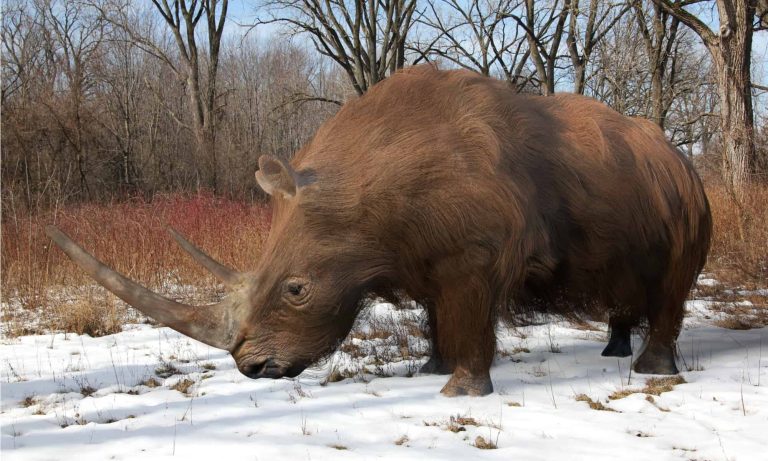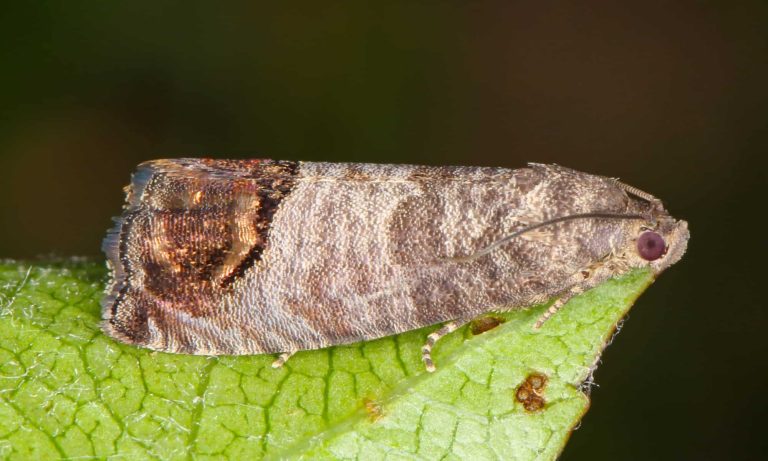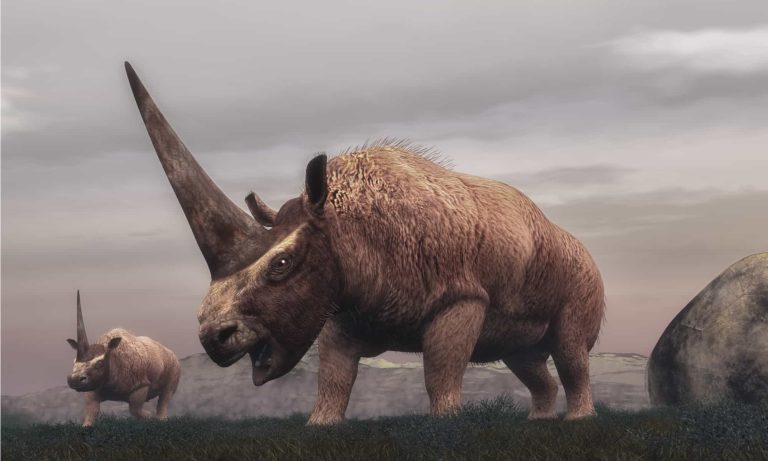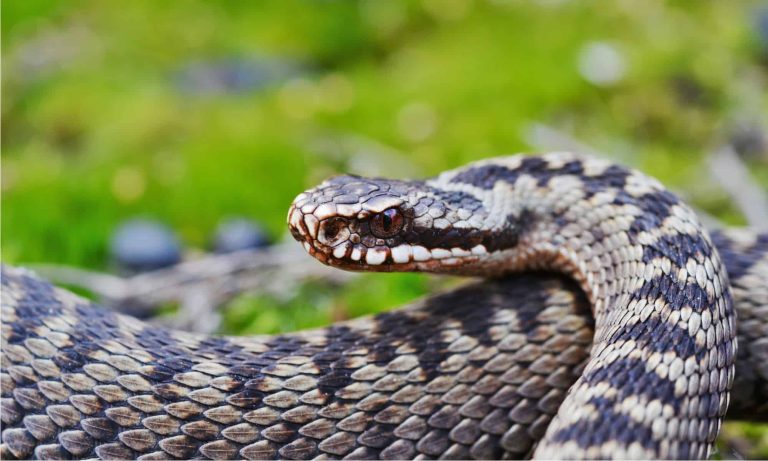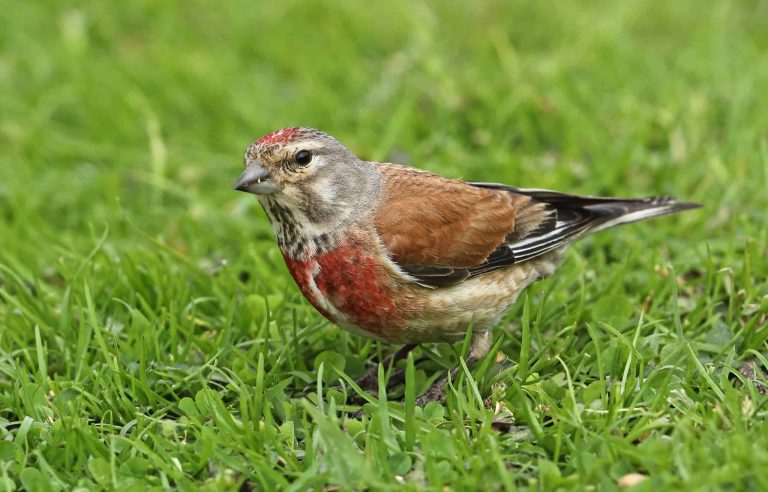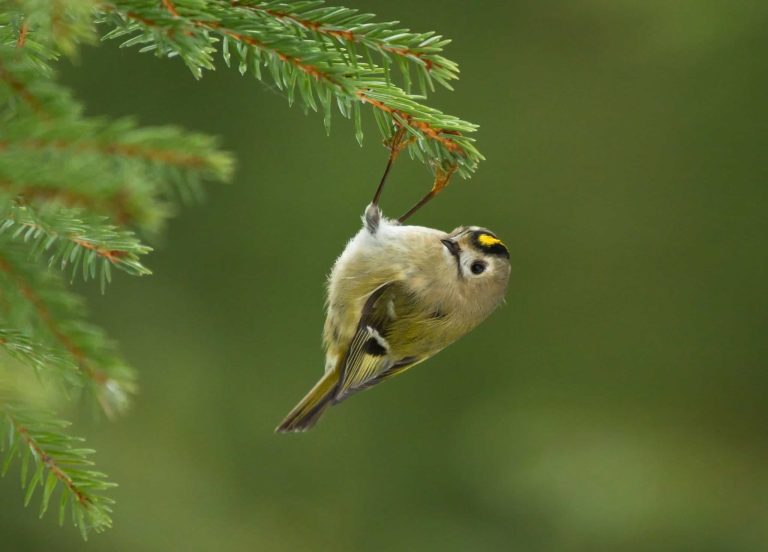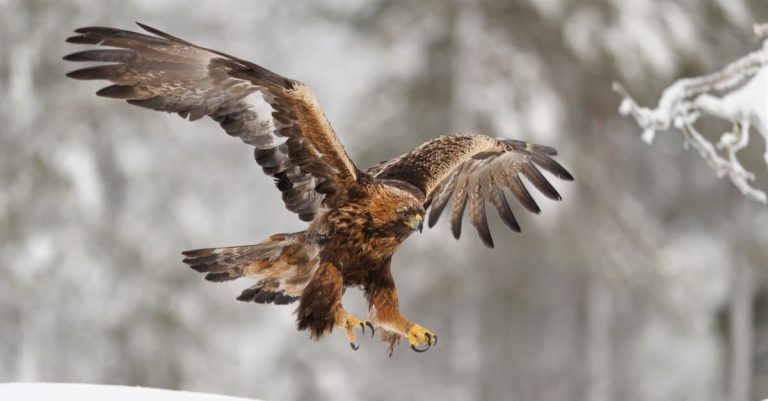Moldova
Crucian Carp
Can survive drought by burying itself in mud.
Brown Dog Tick
Can live its entire life indoors
Ortolan Bunting
The tradition of hiding your face with a napkin or towel while eating this bird was begun by a priest who was a friend of the great French gastronome Jean Anthelme Brillat-Savarin.
European Bee-Eater
They can eat up to 250 bees per day!
Common European Adder
European adders are the only snake that lives above the Arctic Circle.
Eurasian Jay
The Eurasian jay has the ability to mimic other sounds
Hawk Moth Caterpillar
Many hawk moth caterpillars eat toxins from plants, but don’t sequester them the way milkweed butterflies do. Most toxins are excreted.
Woolly Rhinoceros
The woolly rhinoceros roamed the earth between three and a half million and 14,000 years ago.
Codling Moth
Pupae are able to undergo diapause to survive poor fruit yield years and winter.
Elasmotherium
Elasmotherium might have had a monstrous horn, giving it the name "The Siberian Unicorn."
Viper
Vipers are one of the most widespread groups of snakes and inhabit most
Wax Moth
The Wax Moth larvae are more dangerous than the adult.
Linnet
While linnets are monogamous during mating season, they do not mate for life. While breeding pairs are together, the males are highly territorial and will defend the nesting site and the surrounding area.
Goldcrest
The goldcrest never starts moving and needs to consume for most of the day to survive. Therefore, in the colder months, it's best that eat 90% a day.
Golden Eagle
Their calls sound like high-pitched screams, but they are quiet most of the time.

